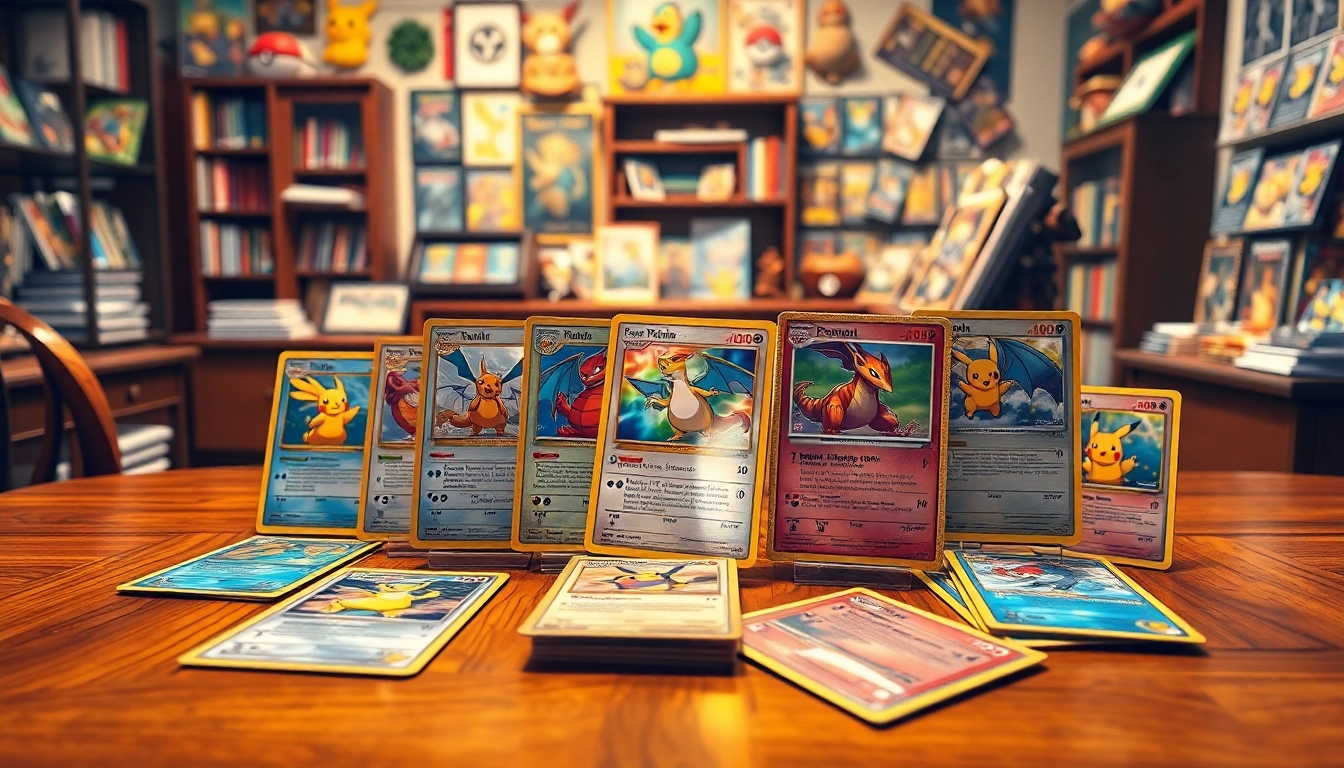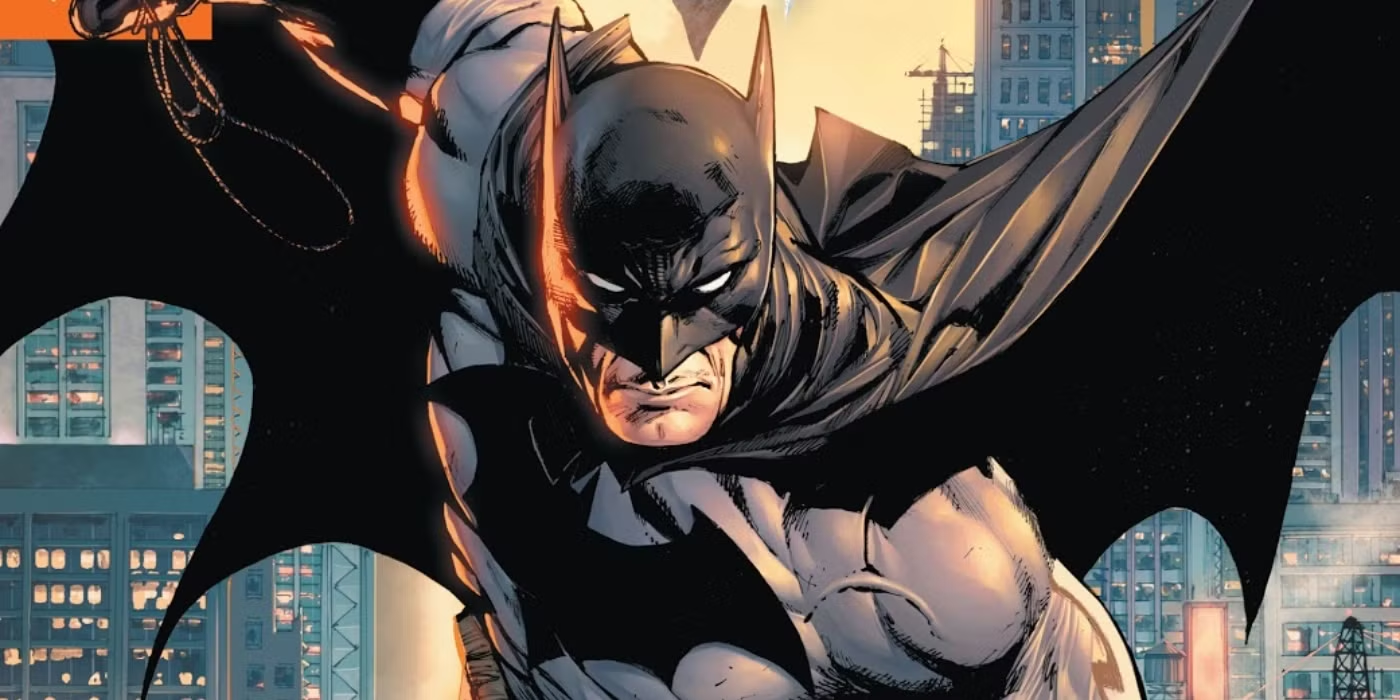Understanding Real Pokemon Cards: A Collector’s Perspective
The world of Pokemon cards is both fascinating and intricate, drawing in millions of collectors and enthusiasts from around the globe. As a fan, you may find your desire for real pokemon cards fluctuating between nostalgic affinity and strategic investment. Understanding what constitutes an authentic Pokemon card, recognizing key features, and dispelling the myths surrounding fakes are essential for any serious collector.
What Makes a Pokemon Card Authentic?
Authenticity in Pokemon cards is determined by various factors, primarily the card’s print quality, holographic features, and material composition. Real Pokemon cards are made using specific printing techniques, which create a distinctive feel that is hard to replicate.
One of the telltale signs of authenticity is the card’s weight. Genuine cards maintain a consistent weight and thickness compared to their counterfeit counterparts. Additionally, Pokemon cards from reputable sets often have certain markings and identifiers, such as the Pokémon Company logo, unique identifiers on the card edges, and specific design attributes that ensure they are genuine.
Key Features of Real Pokemon Cards
When distinguishing real Pokemon cards, several essential features stand out:
- Quality of Print: Authentic cards utilize high-quality color printing techniques that provide vivid colors and sharp details. Inspecting the quality of the ink, including color saturation and registration, can help determine authenticity.
- Holographic Patterns: Many collectible cards feature holographic elements that create a shimmering effect under light. Fake cards often struggle to replicate these precise details.
- Card Texture: Genuine cards have a unique buttery finish that feels different than most paper products. If a card feels too slick or overly textured, it may indicate a counterfeit.
- Edge Quality: The edges of a real Pokemon card are often cut accurately and are smooth to the touch. Fake cards may have rough or uneven edges.
Common Myths about Fake Pokemon Cards
While many collectors fear the prospect of acquiring counterfeit cards, several myths persist about fake Pokemon cards. One prevalent myth is that fake cards are always easy to spot. In reality, counterfeiters are becoming increasingly sophisticated, employing better techniques that make it harder to identify fakes.
Another common belief is that all counterfeit cards are low-quality. While many fakes do use inferior materials, some fakes can closely mimic real cards, making it essential for collectors to understand what they are looking for when assessing authenticity.
Where to Buy Real Pokemon Cards: Trusted Sources
Finding authentic Pokemon cards can sometimes feel like a quest in itself, but knowing where to look is key to building a genuine collection.
Top Online Retailers for Authentic Cards
Several reputable online retailers are known for selling real Pokemon cards, ensuring that collectors get their hands on authentic merchandise. Some prominent retailers include:
- Pokémon Center: This is the official site for Pokémon products, including trading cards. It guarantees authenticity and often offers exclusive items and bundles.
- Tcgplayer: A marketplace for trading card games, Tcgplayer enables individual sellers to list cards, ensuring buyers can filter by condition, price, and authenticity verification.
- Cardmarket: Known for being Europe’s largest online marketplace, it’s a trusted source for buying and selling Pokémon cards online.
- Amazon: Although listed cards can vary in authenticity, purchasing from reputable sellers with good ratings can minimize risks when buying cards from this platform.
Local Game Stores and How to Find Them
Local game stores (LGS) can be gold mines for finding real Pokémon cards. Many LGSs host events that attract other collectors, offering an excellent opportunity for networking and trading. To find your nearest store, websites like Pokémon’s official store locator can help you identify shops near you. Engage with the community; often, store staff are knowledgeable about authentic cards and can assist in avoiding counterfeit issues.
Buying from Individual Sellers: What to Watch For
Purchasing cards from individual sellers, whether through marketplaces like eBay or social media platforms, can be tricky. Here are some guidelines to ensure you’re buying authentic cards:
- Seller Rating: Always check the seller’s ratings and reviews. A seller with a high number of positive reviews typically indicates reliability.
- Photography: Request clear photos of the card from multiple angles, including high-resolution images of the front, back, and edges. This can help you inspect for authenticity indicators.
- Return Policy: Ensure the seller offers a return policy. A good return policy allows buyers to verify the card themselves and return it if it is found to be counterfeit.
Spotting Fake Pokemon Cards: Essential Tips
With counterfeit cards circulating in the market, learning how to recognize real from fake is crucial.
Physical Characteristics of Real vs. Fake Cards
When assessing physical characteristics, consider the following:
- Flexibility and Weight: Real cards have a defined bend and snap back into shape. Fake cards often bend too easily or don’t have the right weight.
- Color Accuracy: Check the colors against known authentic cards in the same set. If a card appears too bright or lacks the depth of color, it might be fake.
- UV Light Test: Genuine cards have specific reactions to ultraviolet (UV) light. By using a UV flashlight, you can identify unique patterns or discrepancies.
Using Technology to Verify Card Authenticity
Several new technologies are available for collectors to verify authenticity:
- Card Grading Services: Companies like PSA, Beckett, and CGC offer grading services that evaluate the condition and authenticity of cards, providing professional-grade verification.
- Mobile Apps: Certain mobile applications allow users to scan cards and check for authenticity signatures or barcodes embedded in authentic cards.
- Online Tools: Websites have emerged that allow collectors to compare their cards with verified databases of known authentic cards, aiding in the identification of potential counterfeits.
Resources for Learning about Card Authentication
Educating yourself about card authentication is an ongoing process. Some useful resources include:
- Forums and Community Groups: Online communities such as Reddit or dedicated Pokémon TCG forums can provide insights and real-life experiences shared by collectors regarding authenticity.
- Guides and Documentation: Websites like Pokemillon contain comprehensive guides that detail how to spot fake cards by using examples of known counterfeits.
- Workshops and Local Events: Attending events and workshops can greatly enhance your knowledge of card collecting and authentication directly from experienced collectors and experts.
The Value of Real Pokemon Cards: Market Insights
The market for real Pokémon cards can fluctuate greatly, influenced by various factors. Understanding these dynamics is essential for collectors and investors alike.
Factors Influencing the Value of Pokemon Cards
Several factors affect the value of Pokemon cards, including:
- Rarity: Cards classified as rare or ultra-rare are typically worth more due to limited availability. Understanding the different rarities within sets can guide your purchasing efforts.
- Condition: The condition of a card plays a significant role in its market value; cards are graded on a scale with specifics like wear, surface flaws, and centering:
- Market Demand: Trends in popularity among collectors can greatly influence prices. Months or years of hype can spike interest leading to price surges.
How to Price Your Real Pokemon Cards Correctly
Establishing the price of your cards can feel daunting, but there are numerous strategies to ensure fair pricing.
- Research Trends: Use online marketplaces and collector forums to find recent sales for comparable cards. Websites like TCGplayer can provide recent sale prices as a guideline.
- Seek Professional Opinions: If you have valuable cards, consider consulting grading services to acquire professional insights into your card’s value based on condition and rarity.
- Join Collector Groups: Being active in collector groups can provide critical insights from experienced members who often share pricing information and market trends.
Trends in the Pokemon Card Market Today
The Pokemon card market has experienced growth and fluctuations over the years. Currently, some noteworthy trends include:
- Increased Popularity of Vintage Cards: Many collectors are gravitating towards older sets, leading to a surge in demand and price for vintage cards.
- The Rise of Graded Cards: Collecting graded cards has become a popular trend, with collectors seeking authenticated cards due to their assurance of authenticity and condition.
- Digital Collecting: The popularity of online trading card games and digital collectibles is also influencing physical card sales, as many new players are introduced to the franchise.
Maintaining Your Collection of Real Pokemon Cards
Once you’ve begun building your collection, proper maintenance becomes vital to preserving its value as well as the emotional investment you’ve made.
Proper Storage Techniques to Preserve Value
Storing your cards properly ensures their longevity. Consider using:
- Protective Sleeves: Investing in high-quality, polyethylene sleeves helps keep dust, moisture, and physical wear off the cards.
- Binders: Using binders with individual page protectors allows for organized storage while enabling easy access for viewing.
- Climate-Controlled Containers: Storing cards in a temperature and humidity-controlled environment can prevent warping, fading, or other degradation causes by environmental factors.
Protective Gear: Sleeves, Binders, and More
Choosing the right protective gear is essential. Investing in:
- Hard Cases: For highly valuable cards, hard plastic or acrylic cases provide additional protection against physical damage.
- Toploaders: Slim and lightweight, toploaders are ideal for individual card protection, allowing your cards to be secured while preventing bending or scratching.
- Specialty Binders: Utilizing binders specifically designed for trading cards can improve organization and make it easier to showcase your collection.
Community and Events for Pokemon Card Collectors
Being part of a community can greatly enhance your collecting experience. Attending local events or participating in online forums can open doors to:
- Trading Opportunities: Networking with fellow collectors allows for potential trades that could enhance your collection’s value and variety.
- Learning from Experts: Many events feature guest speakers or panel discussions, providing insights into collecting, market trends, and card care.
- Community Competitions: Participating in tournaments or casual games can be a fun way to engage with your collection while meeting others in the community.



